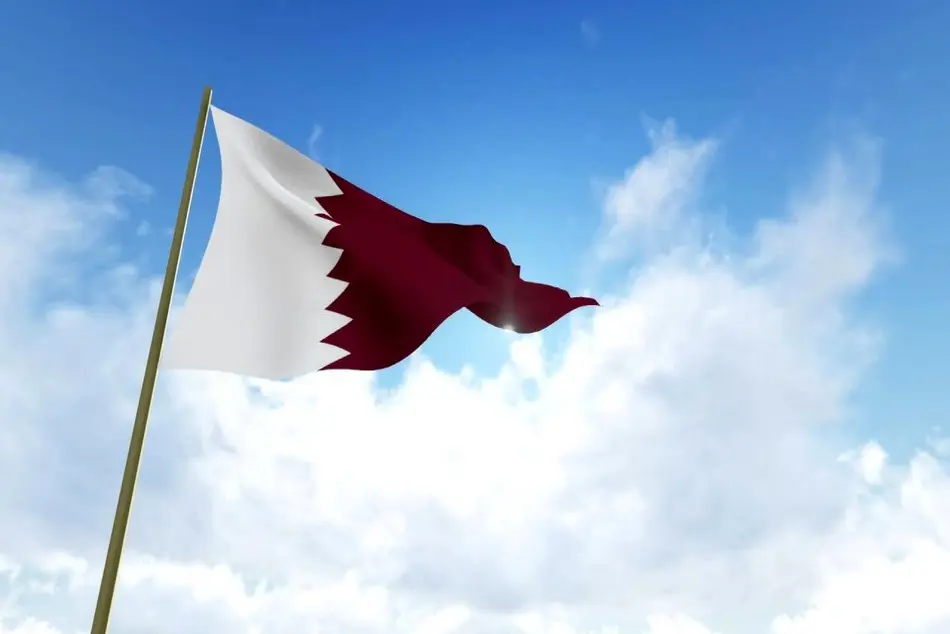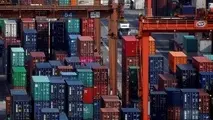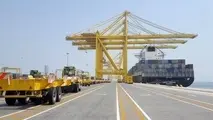Qatar’s ports reach record annual growth
Qatar's ports reached an annual record concerning their performance during 2018 with round growth in all the segments. According to the Peninsula, the ports in the country achieved highest annual performance in containers, vessels and livestock segments in 2018.

Qatar's ports reached an annual record concerning their performance during 2018 with round growth in all the segments. According to the Peninsula, the ports in the country achieved highest annual performance in containers, vessels and livestock segments in 2018.
Specifically, the ports:
- received 4.781 vessels
- handled 1.34 million Twenty-Foot Equivalent Units (TEU) containers during the year;
- handled 1.4 million tonnes of general cargo;
- handled 71,173 vehicles;
- 324,248 tonnes of building materials.
- 957,487 heads of livestock in 2018.
The largest port in the Middle East, Hamad Port, took the lead in boosting Qatar maritime sector as it occupied the lion’s share in the overall port traffic.
Additionally, Qterminal addressed that Hamad Port handled approximately 1.33 million TEU containers, over 1 million tonnes of break bulk cargo, over 255,000 of bulk cargo, over 68,000 vehicles and over 400,000 heads of livestock during January to December in 2018.
Whereas, during 2017, an overall of 1592 vessels called at Hamad Port, last year.
Direct services to Hamad port have helped decrease the waiting times for consignees to receive their products.
Mwani Qatar has inked agreements with a number of local, regional and international players to strengthen Hamad Port’s status in the region.
Hamad Port is already making a paradigm shift in Qatar’s economic diversification and competitiveness, import and re-export of goods.
Since commencing operations in December 2016, Hamad Port has modernised the way Qatar handles imports and exports and has helped in facilitating the growth and diversification of the country’s economy. It has acquired 28% share in the volume of trade in the Middle East, as stated by The Peninsula.



